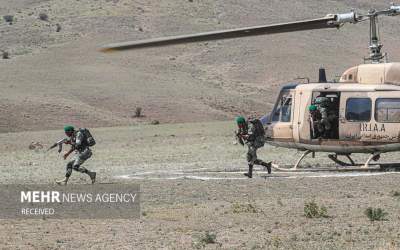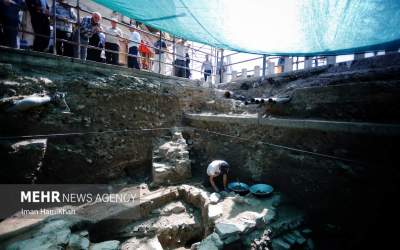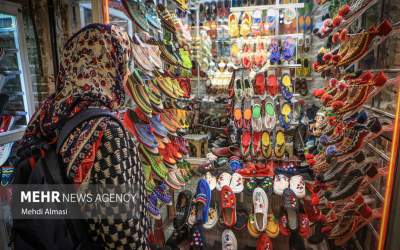The Iran Project
: The 15th Meeting of Heads of ECO Railway Authorities, and 9th Meeting of Railway Committee of the Transit Transport Coordination Council was held in Tehran on Tuesday.
Thursday 23 May 2024 - 18:34
Story Code : 422065
Source : Tehran Times
Tehran hosts 15th Meeting of Heads of ECO Railway Authorities
Speaking at the meeting, the head of the Railways of the Islamic Republic of Iran (RAI) said Iran’s railway is regarded as a linking bridge between East and West Asia and also acts as a crossing point between the two important continents of Asia and Europe.
Miad Salehi expounded the position of the Railways of the Islamic Republic of Iran in the international rail sector.
Considering that Iran has the shortest route connecting the countries of Central Asia with international waters and Europe and has a high security and safety route, most of the international rail corridors of the ECO region pass through Iran's rail route including the International North-South Transport Corridor (INSTC), Almaty-Istanbul-Tehran transport corridor, Islamabad-Tehran-Istanbul corridor, Kazakhstan-Turkmenistan-Iran (KTI) transport corridor, Kyrgyzstan-Tajikistan-Afghanistan-Iran corridor, he noted.
The deputy roads minister said facilitating border transit operations and strengthening the logistics centers and border terminals are the main programs of the Railways of the Islamic Republic of Iran to increase the capacity of transit and international transportation, IRNA reported.
Iran is pursuing to make rail transport competitive with the sea route, launch this train on both sides, and export Iranian products and goods to China by train, Salehi added.
Over the past few years, the Islamic Republic has been implementing a plan to implement major railway projects for completing North-South and East-West international transport corridors that pass through the country.
According to Abbas Khatibi, the deputy head of the country’s Construction and Development of Transportation Infrastructures Company (CDTIC), the Iranian Transport and Urban Development Ministry’s main priorities in the railway transportation sector are the development of the INSTC, the East-West corridor, and the development of transit infrastructure in the country.
Khatibi noted that the Chabahar-Zahedan railway is the major project underway in the East-West corridor, while Rasht-Caspian and Rasht-Astara railways are the major projects underway in the North-South corridor in Iran.
He said that the North-South corridor is 13,000 kilometers expanding from the Indian port of Mumbai to Finland's capital Helsinki.
A significant section of this corridor, stretching from Bandar Abbas in southern Iran to the northern city of Astara, is located in the Islamic Republic. So far, this railway has been constructed from Bandar Abbas to Rasht in northern Iran and from Rasht, it is divided into two branches, one of which goes to the Caspian Sea coastal region including Caspian and Anzali ports and the other branch goes to Astara to be connected to the railway network of Azerbaijan, according to Khatibi.
He put the physical progress of the Rasht-Caspian railway which is 35 kilometers at 70 percent, saying: "We hope this railway will be operational in the first six months of the next [Iranian calendar] year (begins on March 20).”
The official further mentioned the complexity of the Rasht-Astara project, saying that it is a megaproject that requires over $20 billion of investment to be completed.
“The Rasht-Astara railway project is going to be financed through three methods of domestic financing, foreign investment, and bartering, and we are negotiating to finalize the resources through these methods,” Khatibi explained.
Mentioning the Chabahar-Zahedan railway project, the official said the resources needed for the implementation of this project have been provided by the National Development Fund (NDF), and the project is being implemented on schedule.
He finally noted that the Transport Ministry is expected to put into operation 1,000 kilometers of new railways in the next Iranian calendar year provided that the necessary funding will be provided by the government.
Reporter : Editorial of The Iran Project
# Tags











